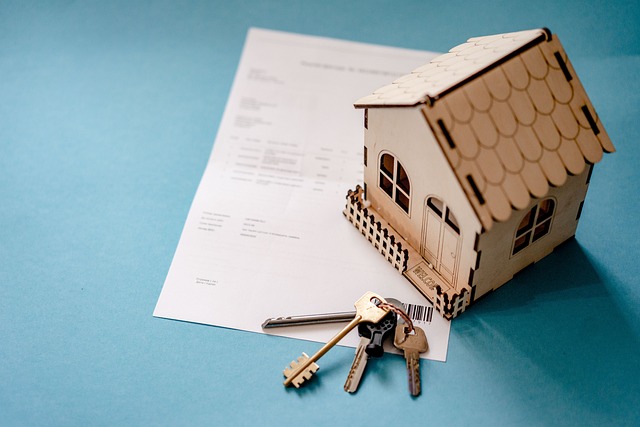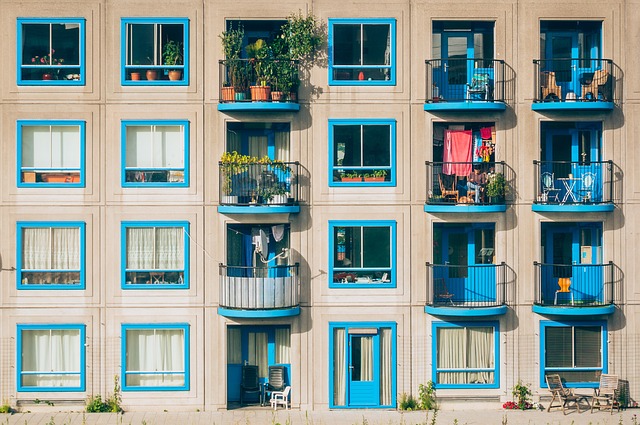Due to population decline, the number of city dwellers will decrease in the coming years, exceptions being the German cities with over a million inhabitants.
In many major German cities (more than 80 percent), housing prices have increased over the past ten years. Munich is the front-runner, with a 95 percent increase in the price per square meter. The reason: urbanization, living in the city is becoming increasingly popular. However, cities and regions will develop differently over the next 15 years.
This was the result of a Postbank survey of the 36 largest cities nationwide. Less than half of these cities will still grow, despite the influx of refugees. What this means for real estate prices is shown in the "Wohnatlas 2016 - Leben in der Stadt".
The population development of a city and prices on the real estate market are closely related.
For example, a one percent increase in the population causes prices for condominiums in cities to rise by an average of 3.5 percent, and for single-family homes by 1.9 percent. But the growth rates of the last ten years may soon be over.
With demographic change, the number of urban residents is also shrinking.
While two-thirds of the 36 cities surveyed have grown in the past ten years, by 2030 only two out of five will have done so - taking into account the influx of refugees. Without refugees, the figure would be just one-third.
In many cities, new fellow citizens who are granted a right to stay and thus a perspective after the asylum procedure at least mitigate the population decline.
The east in particular can benefit from the influx of refugees, while it will exacerbate bottlenecks on the real estate market in very popular cities - in both the east and the west. The study assumes that a total of around one million people will immigrate by 2030 - and that the influx will thus be roughly equivalent to the number of refugees who entered the country in 2015.
Berlin will grow the most by 2030 thanks to refugees.
Berlin to grow fastest by 2030 thanks to refugeesBerlin can expect population growth of 4.7 percent by 2030 due to the influx of refugees, putting it at the top of the list of growing cities ahead of Potsdam (4.5 percent) and Hamburg (4.4 percent). Bremen, Leipzig and Cologne narrowly escape negative population development due to refugee integration.
In Berlin, refugee numbers mean that prices for owner-occupied apartments could rise by 14.5 percent, which is more than six percentage points higher than would have been expected without the influx. In Hamburg, price increases of 13.9 percent are expected for owner-occupied apartments due to the forecast population trend. The former leader, Munich, with population growth of a good twelve percent over the past ten years, will only see an increase of 1.6 percent over the next 15 years, taking into account the expected influx of refugees.
For prices per square meter for condominiums, this suggests a population-driven increase of 4.4 percent by 2030. "Overall, prices in Munich are expected to rise more strongly, since even the rapid growth of the past fifteen years in the Bavarian metropolis is only 73 percent attributable to population growth," explains Dieter Pfeiffenberger, Divisional Board Member for Real Estate Finance at Postbank. Factors such as the development of new development areas, the expansion of the infrastructure or the settlement of large companies also influence prices.
"The influx of refugees has no direct impact on the purchase price of real estate, but it does evoke so-called cascading effects," Pfeiffenberger says.
Thus, the higher demand for affordable housing is leading to bottlenecks in the area of subsidized housing. This in turn leads to diversion effects: demand for more expensive rental apartments increases, rent levels rise and with them demand for condominiums and houses, which in turn drives up purchase prices.
*In light of the immigration of more than one million people in 2015 and the fact that 50 percent of the decided asylum applications in 2015 were recognized as refugees, the following assumptions were made for the forecast:
► About half of the refugees from 2015 receive a longer-term right to stay.
► The number of refugees decreases significantly in 2016 and the following years compared to 2015 due to political measures.
► There is further immigration via family reunification.
► Overall, immigration by 2030 is roughly equal to immigration in 2015, or one million.
► As in 2015, refugees will be distributed among the federal states according to the Königstein Key, which takes into account the number of inhabitants and tax revenue.
► The distribution of refugees within the federal states to the districts is based on population shares.
**Projected price development based on assumed population development incl. refugee influx; changes in sales price in euros per square meter
Where investments pay off
"Anyone who believes that price increases in growth cities will soon come to an end is mistaken," says Pfeiffenberger. "The study shows: Although the curve will no longer go up quite as steeply as in recent years, the upward trend is continuing. Home ownership in growth cities and their surrounding areas is therefore still a worthwhile investment. However, anyone who wants to live in their own four walls should not hesitate for too long."
According to the expert, even in cities where the population is declining, there is no need to forego home ownership: Well cut and equipped properties in attractive locations are not threatened by a loss of value here either. There could even be attractive "bargains" in these cities in the near future.





